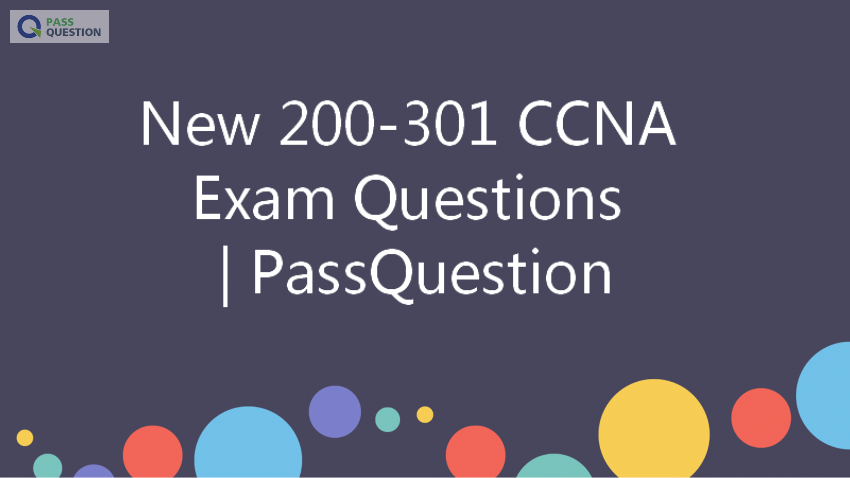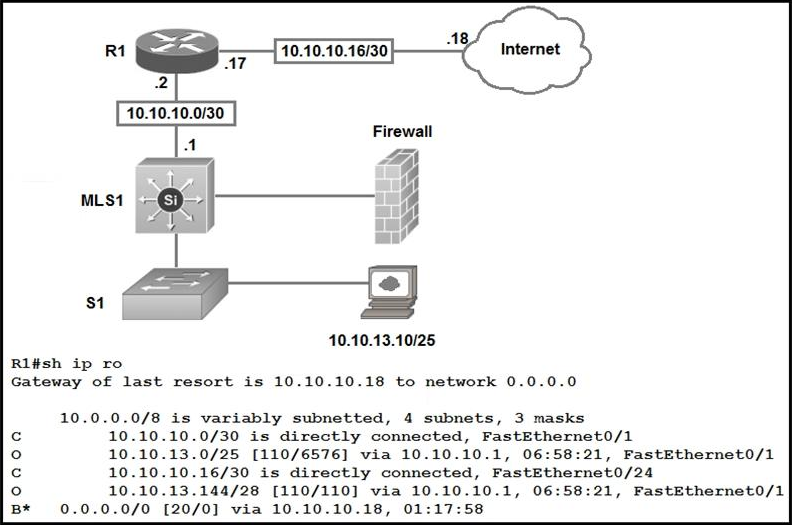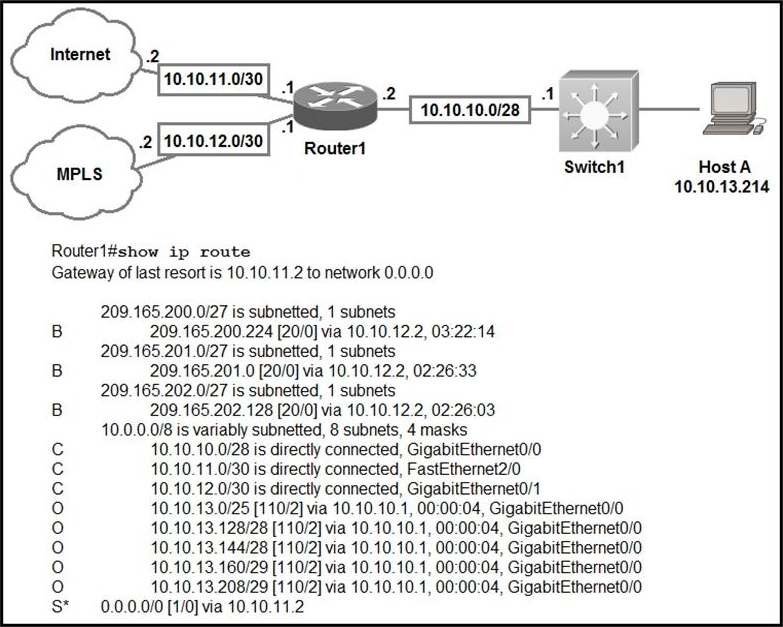New 200-301 CCNA Exam Questions - Cisco Certified Network Associate
200-301 Cisco Certified Network Associate is the only exam for Cisco CCNA Certification. To help you pass your CCNA 200-301 exam, PassQuestion offers you New 200-301 CCNA Exam Questions to practice, it will make you feel easy to pass your Cicso 200-301 exam.After you pass 200-301 CCNA, you earn CCNA certification.

The Only One Exam 200-301 CCNA To Get Your CCNA Certification
Achieving CCNA certification is the first step in preparing for a career in IT technologies. To earn CCNA certification, you pass one exam that covers a broad range of fundamentals for IT careers, based on the latest networking technologies, software development skills, and job roles.Cisco Certified Network Associate v1.0 (CCNA 200-301) exam is a 120-minute exam associated with the CCNA certification.There are no formal prerequisites for CCNA certification, but you should have an understanding of the exam topics before taking the exam.
CCNA candidates often also have:
One or more years of experience implementing and administering Cisco solutions
Knowledge of basic IP addressing
A good understanding of network fundamentals
This Exam Tests Your Knowledge And Skills Related To:
Network fundamentals
Network access
IP connectivity
IP services
Security fundamentals
Automation and programmability
View 200-301 CCNA Online Free Questions From PassQuestion Full 200-301 Real Exam Questions
1.Refer to the exhibit.

Which type of route does R1 use to reach host 10.10.13.10/32?
A. default route
B. network route
C. host route
D. floating static route
Answer: B
2.Refer to the exhibit.

Which prefix does Router1 use to Host A?
A. 10.10.10.0/28
B. 10.10.13.0/25
C. 10.10.13.144/28
D. 10.10.13.208/29
Answer: B
3.A frame that enters a switch fails the Frame Check Sequence.
Which two interface counters are incremented? (Choose two.)
A. input errors
B. frame
C. giants
D. CRC
E. runts
Answer: AD
4.How do TCP and UDP differ in the way that they establish a connection between two endpoints?
A. TCP uses the three-way handshake, and UDP does not guarantee message delivery.
B. TCP uses synchronization packets, and UDP uses acknowledgement packets.
C. UDP provides reliable message transfer, and TCP is a connectionless protocol.
D. UDP uses SYN, SYN ACK, and FIN bits in the frame header while TCP uses SYN, SYN ACK, and ACK bits.
Answer: A
5.Which 802.11 frame type is association response?
A. management
B. protected frame
C. action
D. control
Answer: A
6.In which way does a spine-and-leaf architecture allow for scalability in a network when additional access ports are required?
A. A spine switch and a leaf switch can be added with redundant connections between them.
B. A spine switch can be added with at least 40 GB uplinks.
C. A leaf switch can be added with connections to every spine switch.
D. A leaf switch can be added with a single connection to a core spine switch.
Answer: C
7.Which statement identifies the functionality of virtual machines?
A. The hypervisor communicates on Layer 3 without the need for additional resources.
B. Each hypervisor can support a single virtual machine and a single software switch.
C. The hypervisor can virtual physical components including CPU, memory, and storage.
D. Virtualized servers run most efficiently when they are physically connected to a switch that is separate from the hypervisor.
Answer: C
- TOP 50 Exam Questions
-
Exam
All copyrights reserved 2025 PassQuestion NETWORK CO.,LIMITED. All Rights Reserved.

